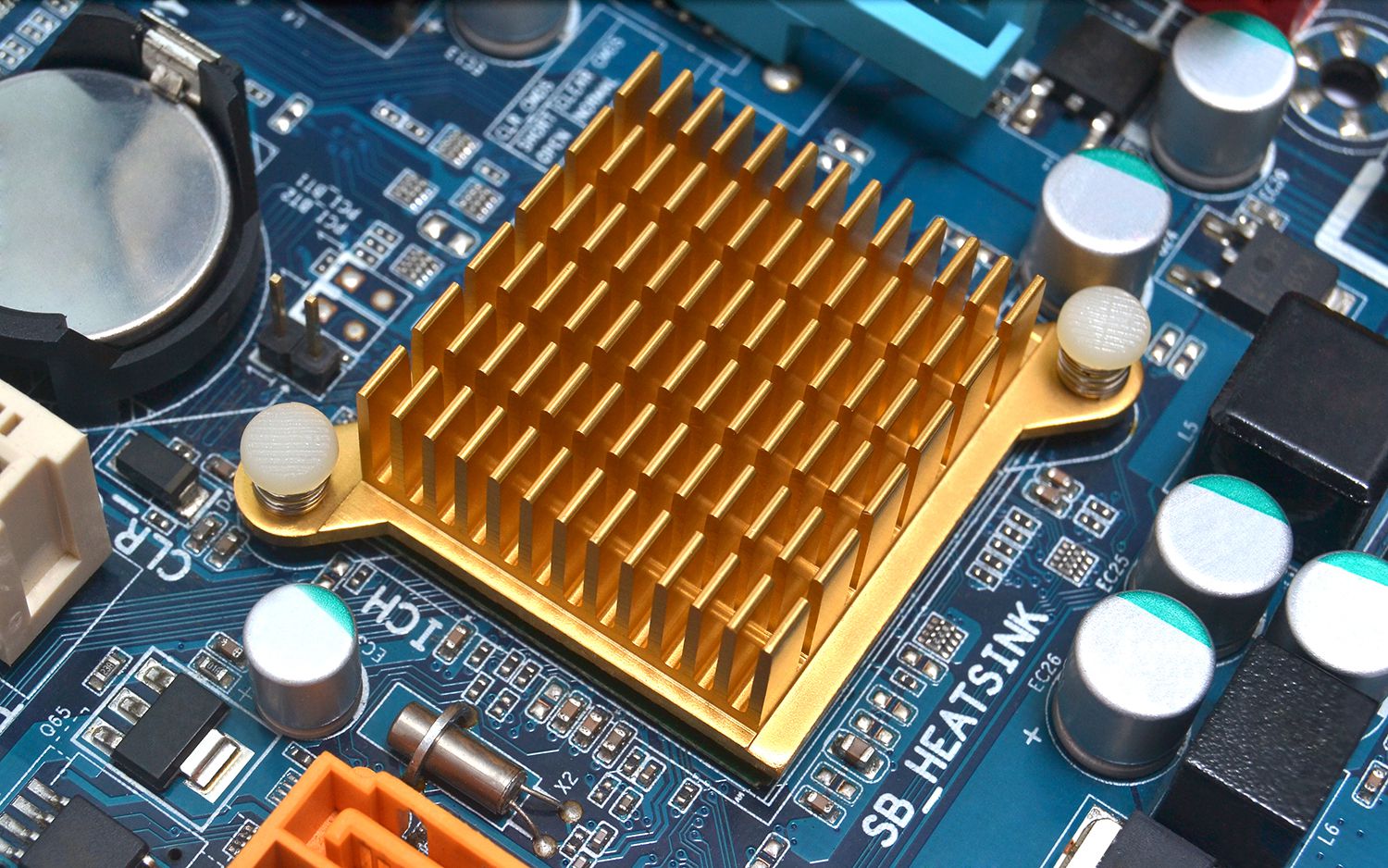lvt
Honorable
Anyway on a laptop motherboard design, removing a screws won't make the surface
It's just like thermal pad but more messy when you remove the heat-sink, if you are working on small and "crowded" areas (like on a laptop) you probably want to use thermal pad instead.
I used to replace the thermal pads on the North Bridge and South Bridge on my computer motherboards with thermal paste as those places are easy to wipe and clean. The South Bridge's heat-sink only use two plastic nails to hold the heat-sink, I apply thermal paste and the motherboard is installed vertically, no problem at all.
Thank you, sorry for going off topic but I was actually asking about the thermal paste. Do you know the answer?
It's just like thermal pad but more messy when you remove the heat-sink, if you are working on small and "crowded" areas (like on a laptop) you probably want to use thermal pad instead.
I used to replace the thermal pads on the North Bridge and South Bridge on my computer motherboards with thermal paste as those places are easy to wipe and clean. The South Bridge's heat-sink only use two plastic nails to hold the heat-sink, I apply thermal paste and the motherboard is installed vertically, no problem at all.


